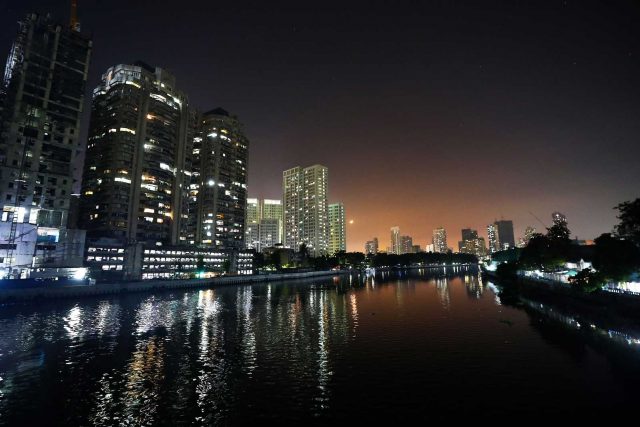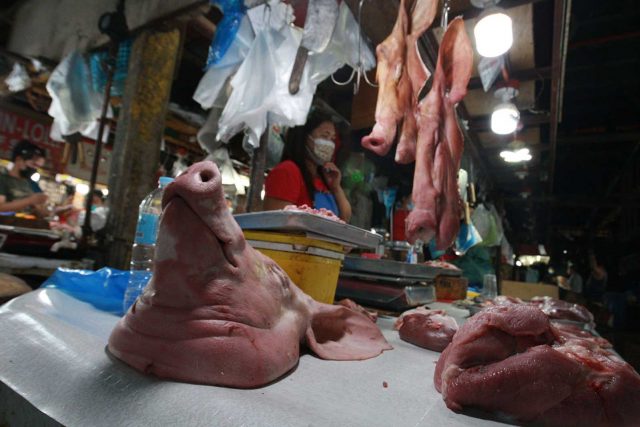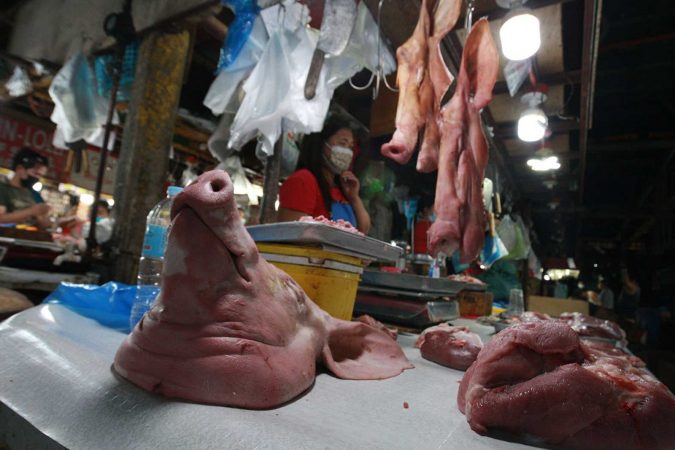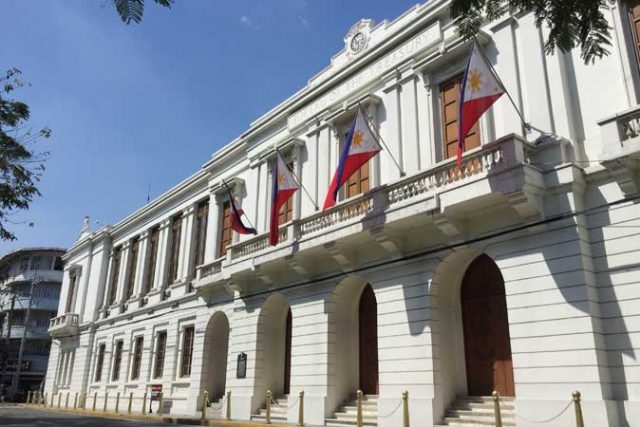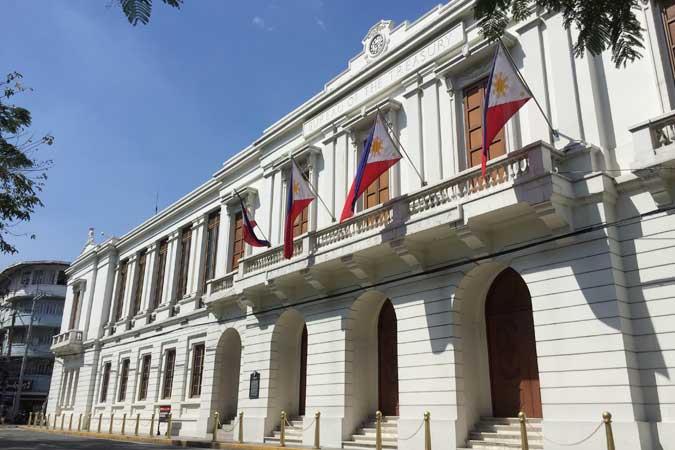DoF backs tax amnesty extension
THE DEPARTMENT of Finance (DoF) and the Bureau of Internal Revenue (BIR) expressed support for the two-year extension of the estate tax amnesty, citing difficulties in implementation and below-target revenues amid the pandemic.
Finance Undersecretary Antonette C. Tionko said the DoF does not object to the extension of the estate tax amnesty, which is set to expire on June 15.
“So we recognize that there have been difficulties in the implementation of the amnesty and the revenue that we expected has not been collected because precisely of some technicalities in the implementation,” she told a Senate Ways and Means committee hearing.
“Because you know, we recognize that it takes time to have all these extrajudicial settlement agreements, all the papers you need, all your tax debts and everything. We recognize that it takes a long time to get all of those and then we had (the pandemic),” she added.
BIR Deputy Commissioner Marissa O. Cabreros said some of those who want to avail of the tax amnesty are having difficulty in getting required documents due to the ongoing restrictions on travel.
She said the government has so far collected around P2.5 billion from about 43,700 who availed of the estate tax amnesty, well below the DoF’s P6-billion target.
The Senate panel is discussing Senate Bill No. 2051, which seeks to amend Republic Act (RA) No 11213 or the Tax Amnesty Act by extending the availment period until 2023.
RA 11213, which took effect on May 31, 2019, gave a one-time opportunity for taxpayers to settle unpaid estate taxes as of Dec. 31, 2017.
Ms. Tionko, however, flagged the bill’s provision that states that if the estate involves properties that are still in the name of a decedent or donor, the present holder, and heirs shall only file one estate tax amnesty return.
The same provision was already vetoed by President Rodrigo R. Duterte when he signed RA 11213 in February 2019.
Senator Franklin M. Drilon said Congress only has nine session days from May 17 to June 4 to approve the measure before the second regular session is adjourned.
“This law, the amnesty will expire on June 15… So we must rush this measure in order, if we are minded, in order that we can have the measure on the desk of the President before June 15,” he said.
The House of Representatives approved the counterpart measure on third reading in September 2020.
Robert Nomar V. Leyretana, deputy administrator of the Land Registration Authority, recommended the deletion of the law’s provision requiring proof of settlement of the partition of the estate through submission of judicial or extrajudicial documents, saying this may hamper the amnesty application process.
“The intention is there to beat the deadline but the requirement of the law is that there should be a settlement first,” he said.
“While they are trying to beat the deadline but because of their inability to gather the heirs of the decedent, they would not be able to settle it and therefore most likely, they cannot beat the deadline,” he added.
BIR’s Ms. Cabreros also said that there are those who are willing to settle their tax but cannot do so because they lack the extrajudicial partition document, noting instances where some of the heirs are not in good terms and refuse to sign.
“Maybe we can focus on the payment of taxes. Anyway, what we’re after is the payment of…the estate tax on what the decedent level of property is. It’s a different matter when we’re talking about how the heirs will split it,” she said in Filipino.
Mr. Drilon said he has “no problem” in deleting the parts requiring the said document.
The bill is not among the 25 priority measures identified by the Legislative-Executive Development Advisory Council to be approved by Congress before the end of 2021. — Vann Marlo M. Villegas


